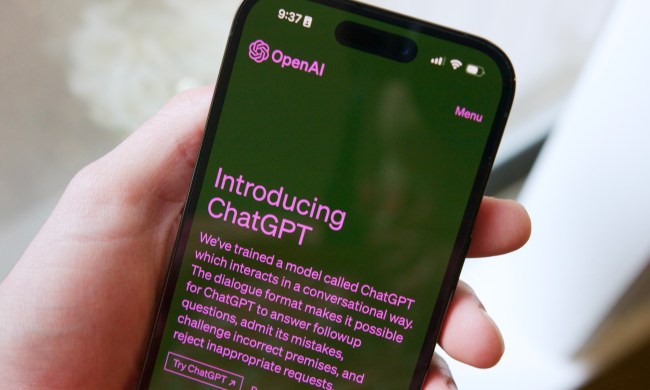Let’s say your friend is sporting a miniskirt you’re coveting. If you happen to find a photo of her wearing it on Instagram, you can send that picture directly to Glamix, and find a wide range of options that either match or are similar to your desired piece. In fact, you can send any image from the web or from your camera roll to Glamix, and the chatbot will help you find that must-have item.
Based in Facebook Messenger, the AI chatbot will help you shop various looks based on prices, brands, store options, and more. And the more you search with Glamix, the more it learns about your personal style, thereby improving and finding ways to return even better results so you can create the outfit you’ve been dying for.
“After working in stealth mode for the past three years we’re thrilled to launch the new must-have tool for any avid shopper, and look forward for the other tools that will be coming up in the future. Our AI bot will take shopping to the next level.” says Glamix CEO and Founder Ofer Fryman. “I am thrilled to be putting this one of a kind artificial intelligence out into the world for everyone to use and improve their shopping experience. Glamix brings technology and fashion together for all to enjoy.”


